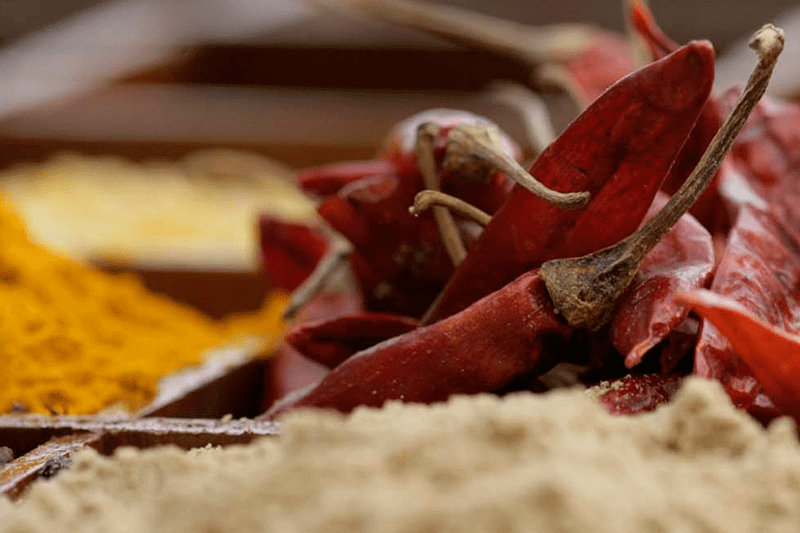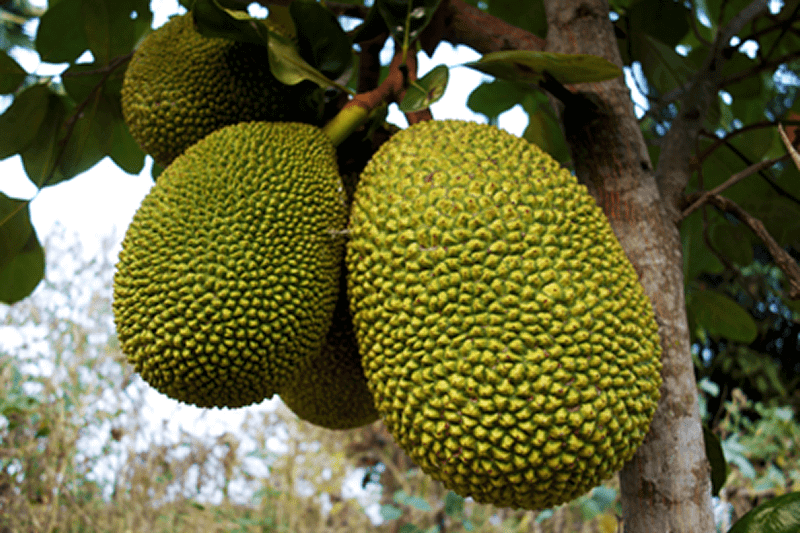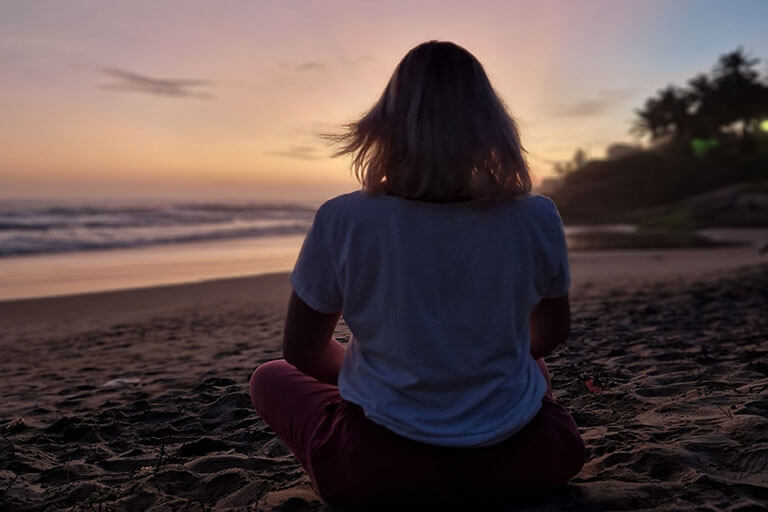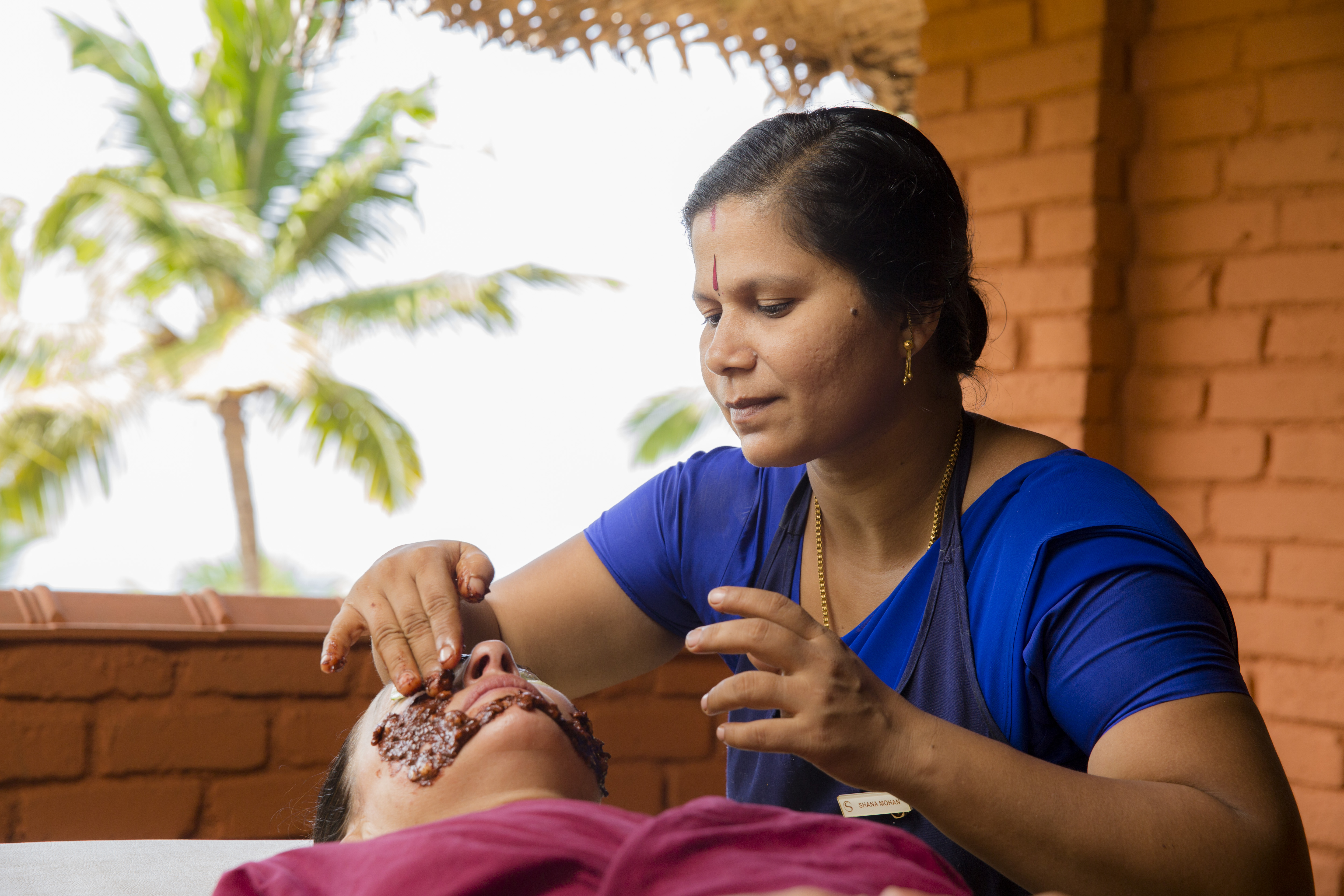
Q: Dr. Sreelatha, why do you recommend the monsoon season for an Ayurveda treatment?
A: Even ancient writings outline the monsoon season to be the best season for Panchakarma treatments. This has diverse reasons: Climate changes affect body and mind. One example is that our skin pores open up faster due to the high humidity during monsoon time. This causes the skin to absorb the Ayurvedic oil better. Additionally, the discharge of toxins is more intense, as the body naturally perspires more in very humid culture. Yoga exercises seem easier to execute, as the muscles are stretched. These months are therefore ideal for yoga beginners. Concluding you can say that our body and mind are more receptive for the treatments because of the climate change during the monsoon time, which increases the effect of Ayurveda.
Q: Rheumatic and arthritic disorders, as well as skin diseases can be effectively treated during monsoon season
in particular. Are there any syndromes which you would not recommended to be treated during these months?
A: Here in India you go to an Ayurveda doctor before you get sick. You basically have an Ayurveda cure to strengthen your immune defense and therefore prevent diseases. Hence Ayurvedic teachings differentiate between preventive and curative therapy. Treatments within the framework of the ‘Rejuvenation-Package’ are a perfect prevention that can be carried out all year long. There is no need for monthly restrictions regarding curative treatments either. Of course there are seasonal impacts on our body and mind, so that each person reacts to treatments differently, depending on the climate. Due to this I can recommend the monsoon months with their mixture of dry and sunny periods and warm monsoon showers for symptoms like rheumatism, arthritis or skin diseases. The therapy is more successful during monsoon time, which makes many repeated bookers favor this season. Apart from that it is a fact that many Europeans have never experienced the rainy season and have a false impression of it. It mainly rains at night while there are only short, intense showers during the day. These are followed by hours or even days full of sunshine. Thus, the monsoon is a touristic attraction that people should have experienced at least once.
Q: You took over the lead of the Ayurveda clinic at the Somatheeram Ayurvedic Health Resort this year. Kindly elaborate about yourself and your career.
A: I started practicing Ayurveda in 1984, first in my own clinic and later in leading Ayurveda centers all over India. In 1995 I applied as ‘Senior Medical Officer’ at the Somatheeram, where I worked until 2002. This was my first experience with patients from different cultural circles with different physical and cultural related symptoms. The expectations with regard to the practicing physician are higher than they are to a doctor in a domestic Ayurveda clinic for instance. Those years were very informative and I decided to deepen my studies into health tourism. This is why I worked at different Ayurveda resorts, which were the leading Ayurveda resorts in India.
Nevertheless, I stayed in touch with the Somatheeram during all those years, being their medical consultant. Therefore I was all the more pleased when I was chosen to be in charge of the Ayurveda department at Somatheeram. It was an offer I could not refuse.
Q: You mentioned specific symptoms of western clients. Can you please elaborate on this?
A: Treating guests at an Ayurveda resort requires a different approach than treating Indian patients. Ayurveda is not a fast-working therapy, but requires several weeks of treatments. Usually that is not possible, as most of the guests stay two to three weeks for their cure. Only very few can stay up to four weeks and longer. But an extensive Panchakarma cure takes four weeks.
Thus, the packages have to be more intense, without disrupting the guests’ holiday experience. Furthermore, the Ayurvedic doctor needs to have an understanding for cultural differences between Indian and western patients.
Stress is a very good example for that: Due to the western lifestyle, stress-caused diseases are much more common among our guests than among most of the Indian people. This has to be considered during the therapy of a western guest but it is not very relevant for Indian patients.
Complicating this situation, people are still reserved when it comes to practicing stress management methods like yoga and meditation. Both play a highly therapeutic role, which has to be conveyed first. All together a higher sensitivity to handling western patients is required. A good Ayurveda Center distinguishes itself by knowing how to address the needs of their guests.














 (8 votes, average: 4.25 out of 5)
(8 votes, average: 4.25 out of 5)
What do you think?